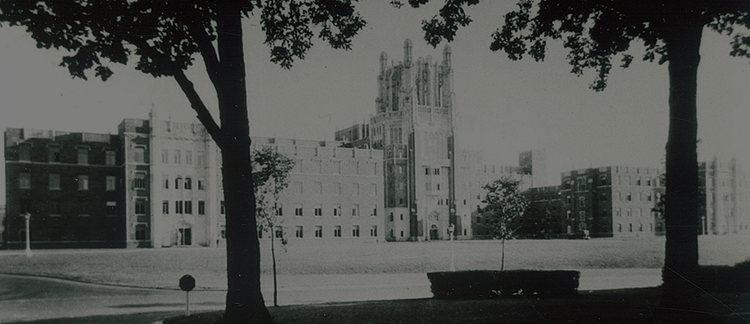Abstract
Background
Acheiropodia is a rare form of skeletal dysplasias. It is characterized by the amputation of the upper and lower extremities and with aplasia of the hands and feet. Acheiropodia formerly was known as a disease affecting only people of Brazilian ancestry. The first case out of Brazil was reported from our clinic in 2012. In the present report, we summarize the second case of acheiropodia, which was diagnosed prenatally in the same patient.
Case
A 39 years old G7P2A4 pregnant woman admitted to our clinic for a regular obstetrics visit at 16th weeks gestation in May 2013. Her history was significant for early pregnancy oligohydramnios with fetal loss. In the post-abortion examination, the fetus was found to be affected with acheiropodia. Since she had a history of acheiropodia a detailed ultrasound examination was performed. The fetal head and body including the intra-cranial, thoracic and abdominal structures were normal; however, distal long bones of the upper and the lower extremities could not be demonstrated. Three days later she was admitted with vaginal bleeding. Post abortion macroscopic examination revealed the absence of distal parts of the both upper and lower extremities without any other demonstrable anomalies.
Conclusion
Acheiropodia is a rare disease which may be seen outside of South America. Evaluation of the continuity and normal appearance of the extremities should be integrated to the routine antenatal ultrasound examination.
Keywords: Acheiropodia, acheiria, transverse limb defect, Horn Kolb syndrome
How to Cite:
Ülker, K. & Karasu, Y. & Bozkurt, M. & Gençdal, S. & Bozkurt, D. K. & Şahin, L., (2015) “The second case of Horn Kolb Syndrome in the same woman in Turkey, diagnosed prenatally at 16 weeks of pregnancy”, Proceedings in Obstetrics and Gynecology 5(1), 1-6. doi: https://doi.org/10.17077/2154-4751.1282
Rights: Copyright © 2015 Kahraman Ülker, Yetkin Karasu, Murat Bozkurt, Servet Gençdal, Duygu Kara Bozkurt, and Levent Şahin
Downloads:
Download pdf
View
PDF

